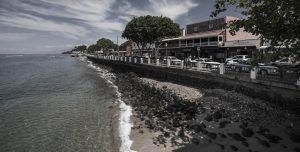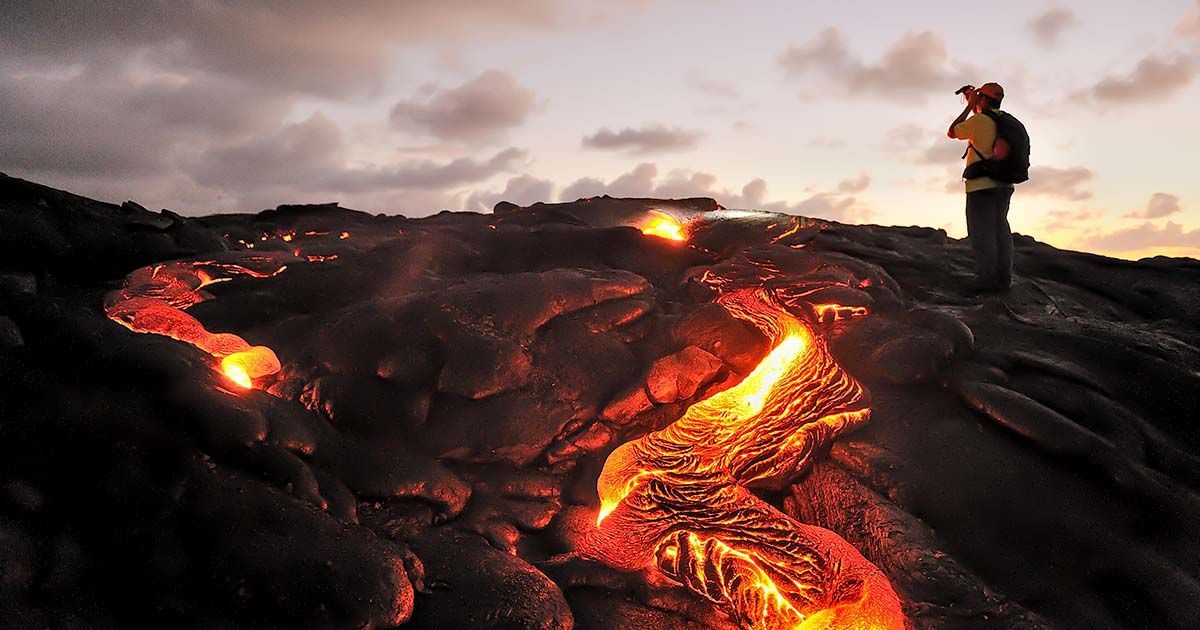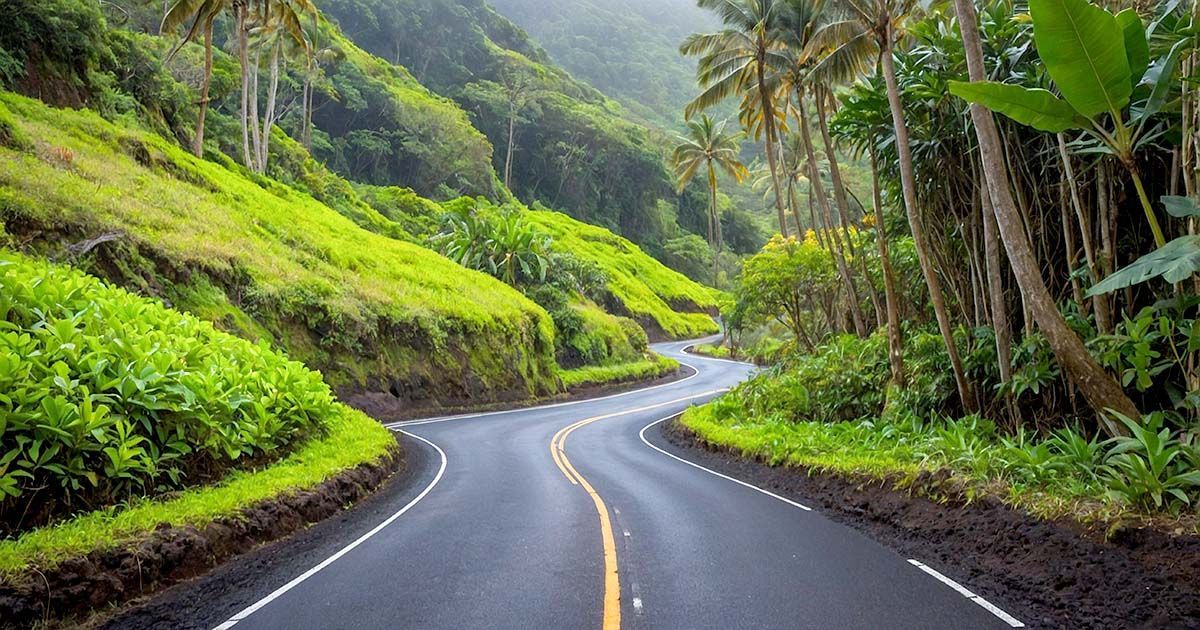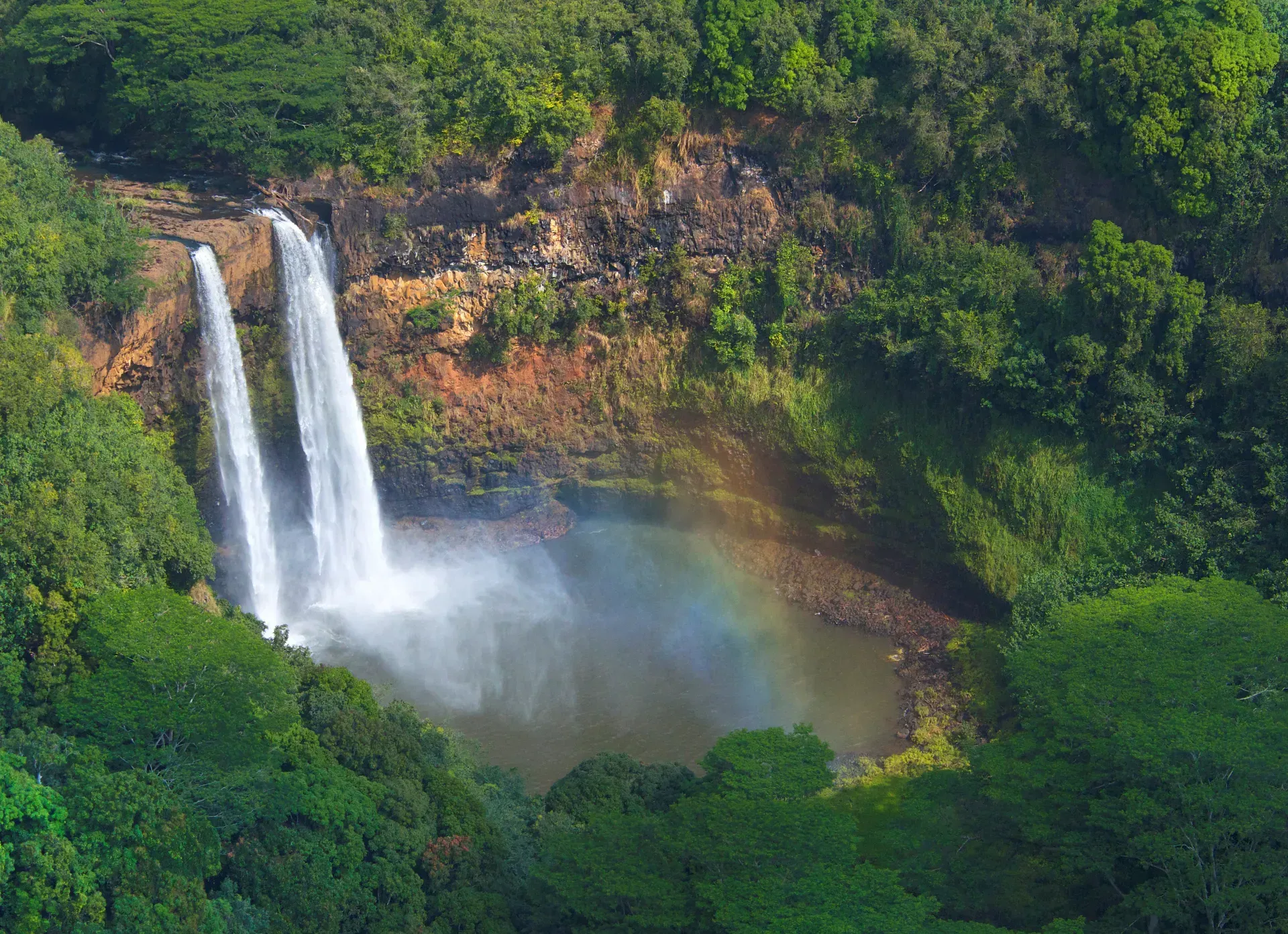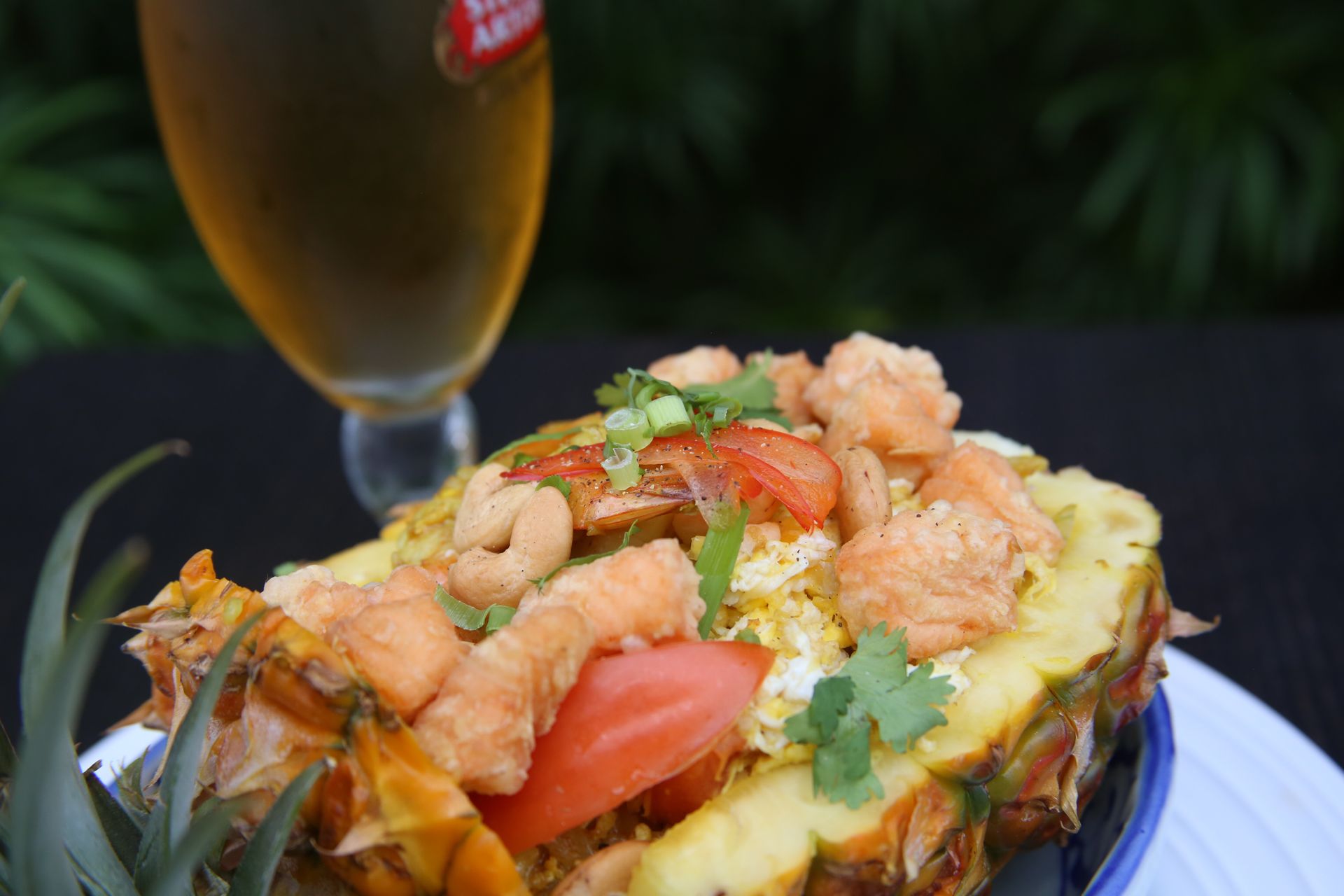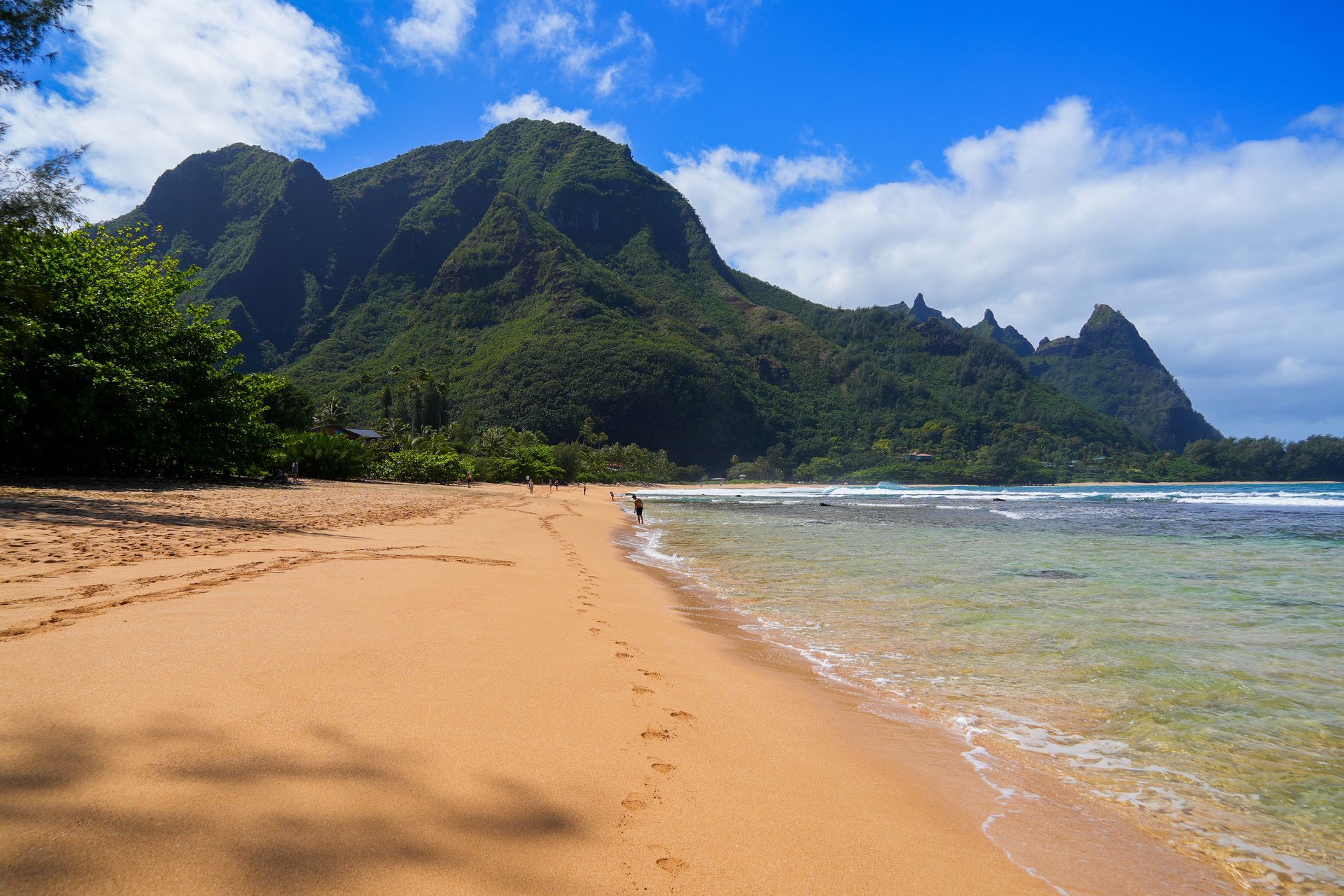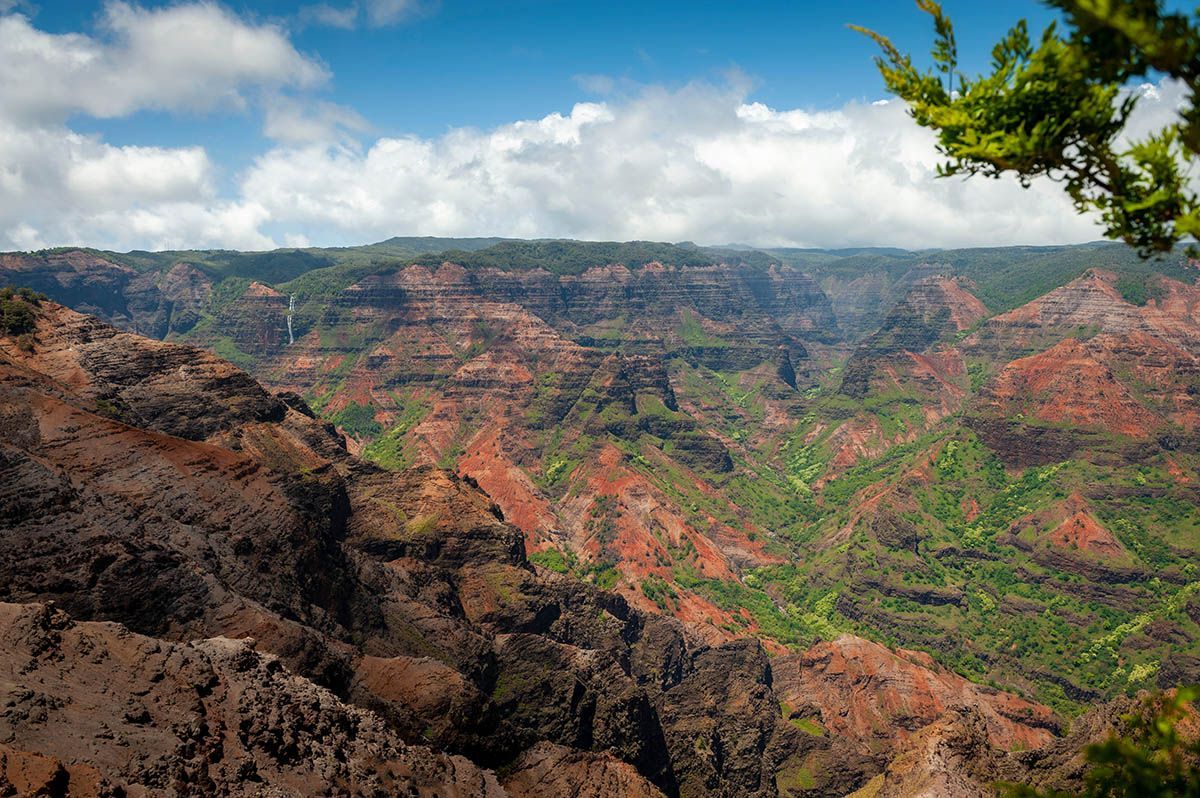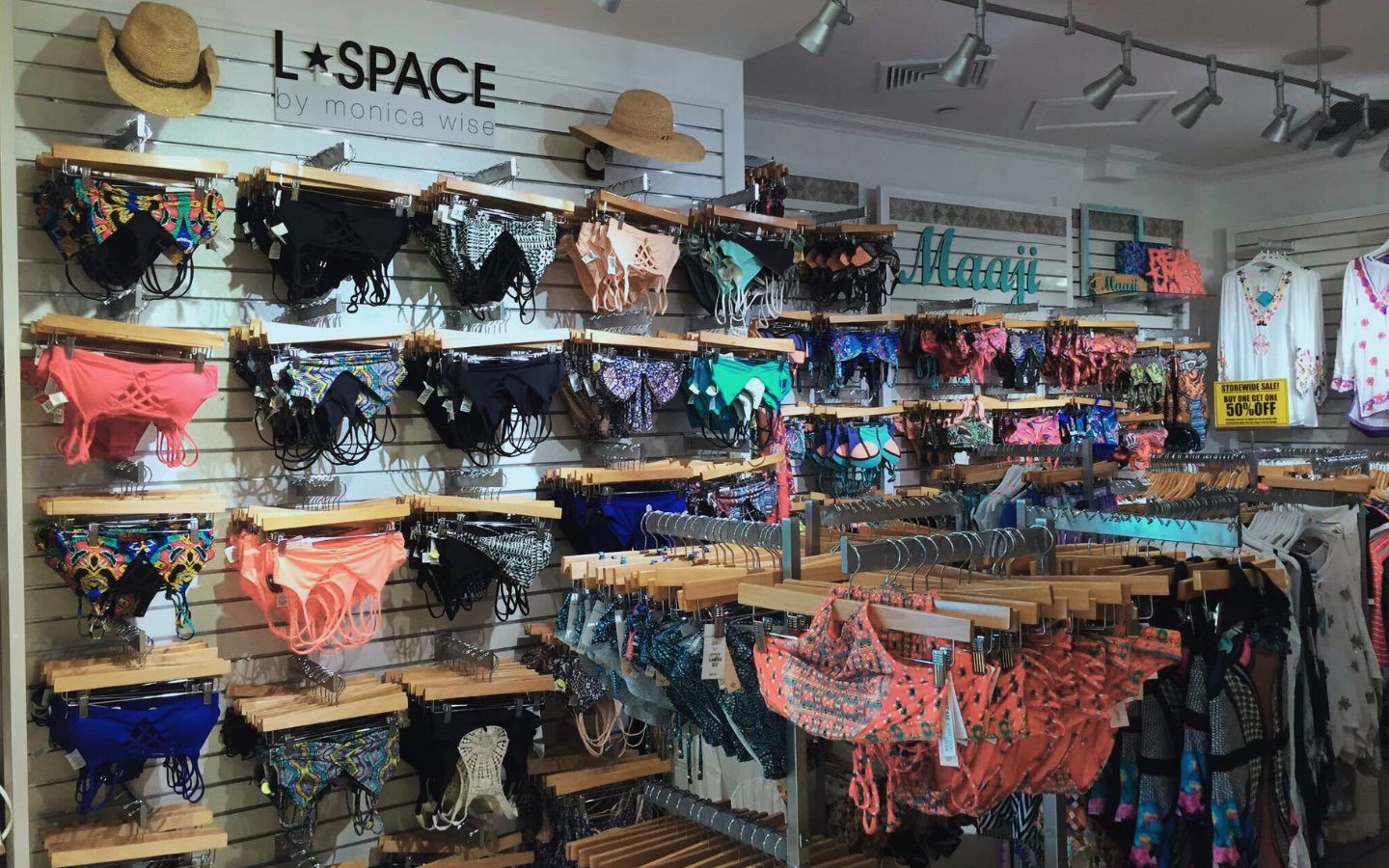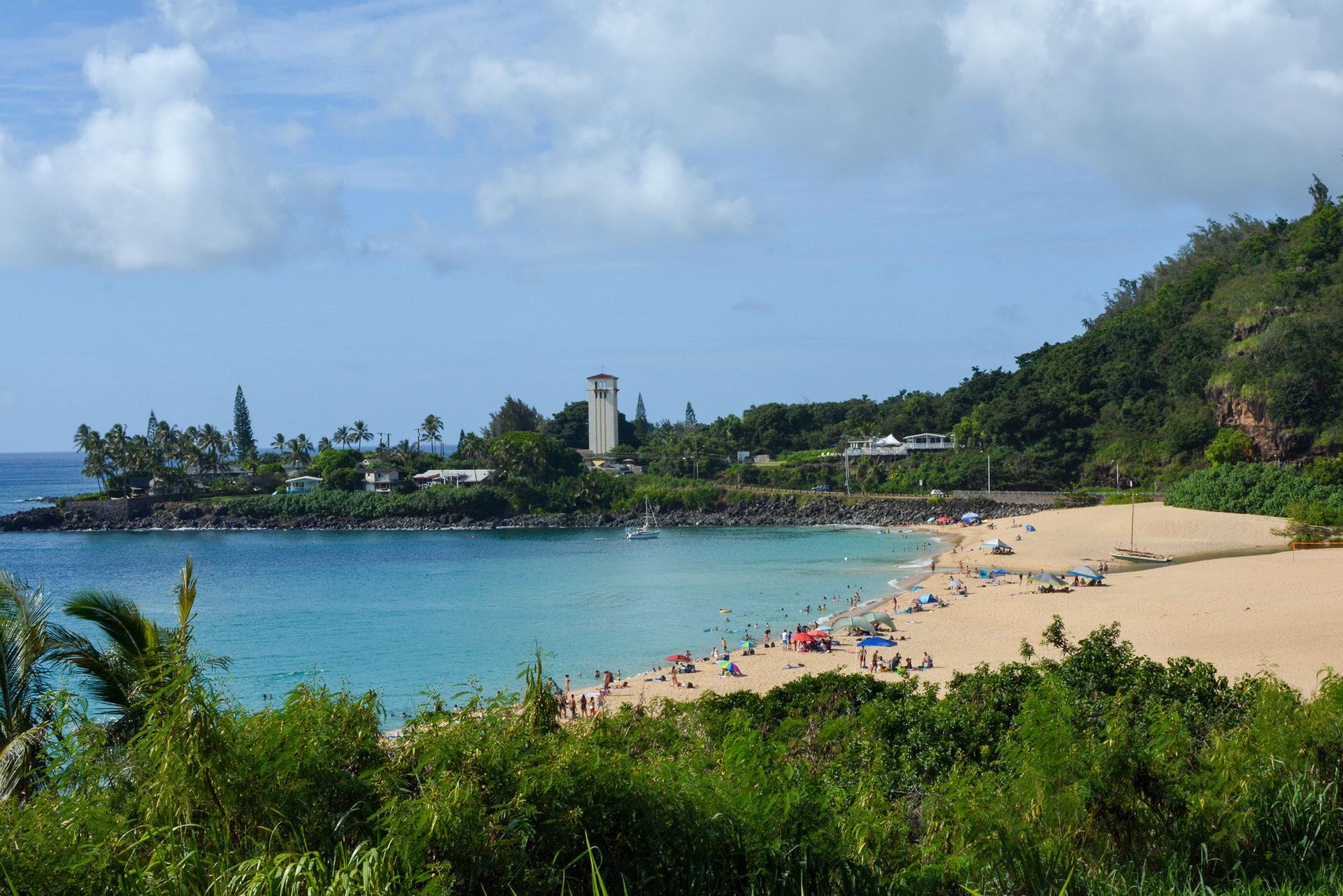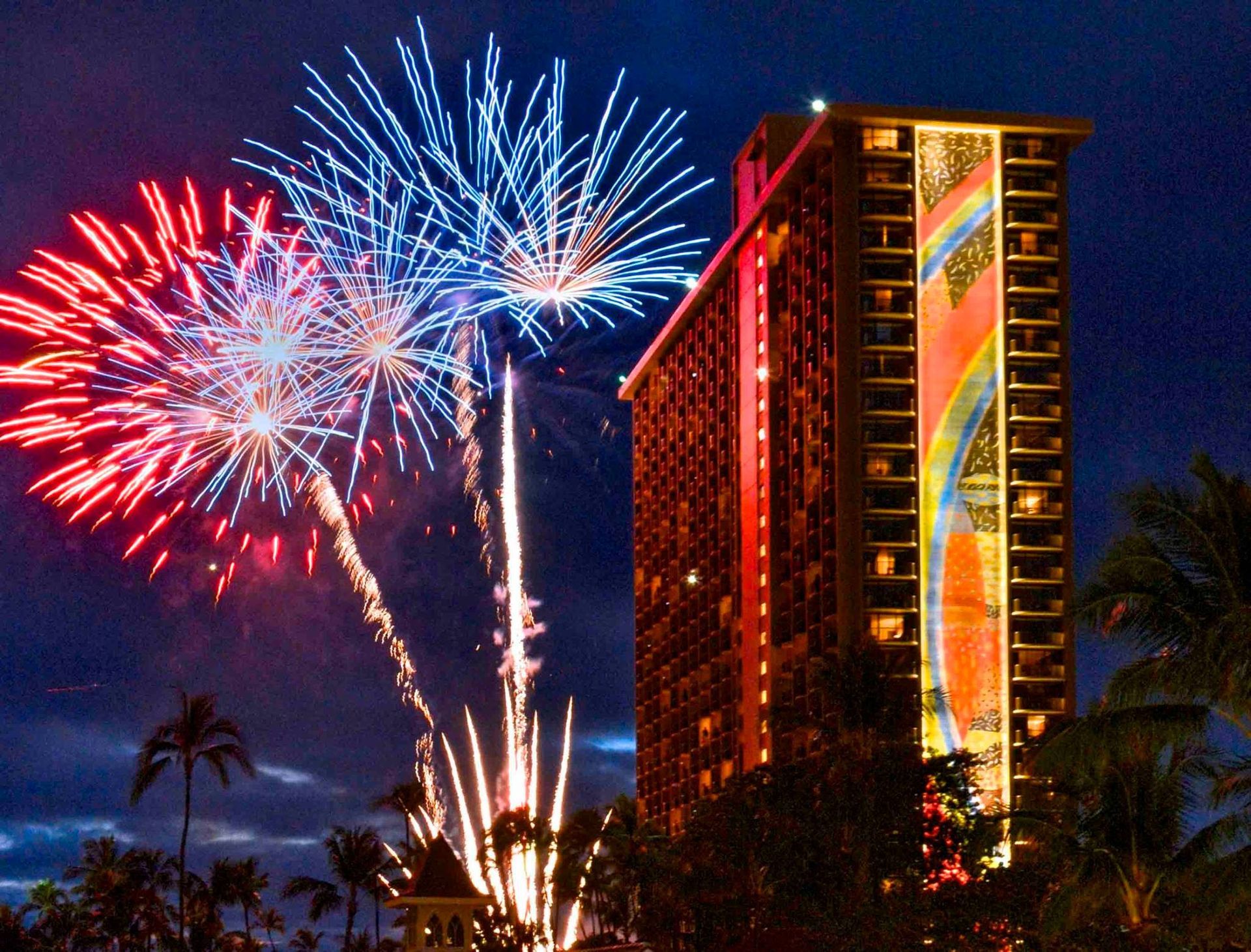Information. Inspiration. Action. Dan Lutkenhouse Plans to Change the World One Visitor at a TIme
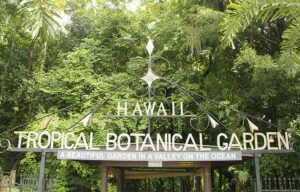
By Kent Coules, Publisher
“I see kids in the parking lot moping when they get here, not wanting to go to a garden, and beaming like they just went to Disneyland when they leave.”
So says Dan Lutkenhouse Jr., steward of the Hawai‘i Tropical Botanical Garden. The garden is marking its 40th anniversary this year by committing to “creating a living experience that everyone can benefit from.”
The garden was created through the untiring efforts of one man, Dan Lutkenhouse Sr., who discovered Onomea Valley while on vacation with his wife Pauline in 1977. Mr. Lutkenhouse purchased the 17-acre property without knowing what he would do with it. “When my father first saw Onomea Valley, it was an overgrown and virtually impenetrable jungle. He sold his 40-year old trucking business in San Francisco and moved to Hawai‘i to devote himself to the garden’s preservation full time.”
Every day for eight years, Dan Sr. with a brown bag lunch would disappear into the jungle, returning at night dirty, tired but happy. He, his assistant Terry Takiue, and two helpers worked with cane knives, sickles, picks, shovels and a chain saw clearing paths through the jungle. All the work was done by hand to avoid disturbing the natural environment or destroying valuable plants and tree roots. The work continued for seven days a week until the garden opened to the public in 1984.
Since then, the garden has hosted roughly 150,000 visitors per year. “I’ve actually seen people leave the garden in tears, they are so moved by the experience”, Dan Jr. says. “These interactions got me thinking that our little garden in paradise could have a much more powerful impact on the world.”
“Today over half of the human population lives in urban areas and are removed from nature and the fragile balance all species share. We feel it is imperative that we raise awareness about conservation and sustainability through science and education,” adds Dan.
With that, the “little engine that could”, as Dan says the garden is fondly referred to, has embarked on an aggressive five-year mission to inform and inspire visitors to action around the world; a ripple in the pond effect, as the saying goes.
The pond, in the garden’s case, is Lily Lake, a centerpiece of the grounds that utilizes a natural wetland filtration system to keep the water clean. “The use of plants for filtration in our pond in conjunction with a bio-filter is a pollution control technique, using living material to capture and biologically degrade pollutants.”
Trained horticulturists are available to field questions and provide educational tours, which can be customized to each group type. Young school children learn basic concepts such as the layers of a rainforest (emergent, canopy, understory and forest floor), while some groups have a more focused interest. And there are a lot of areas where one can focus. There are over 2,500 species of plants in the garden, and it is a living seed bank for tropical and endangered plant species. Some of the largest collections of plant types anywhere, including gingers, orchids, palms, aroids and heliconia, are on view there.
Not to be outdone by the fauna are the surroundings themselves. The garden is situated on the ocean’s edge and bordered by two beautiful rivers complete with waterfalls. “An unexpected surprise for many of our visitors is our non-plant life,” says Dan. “Our rivers teem with freshwater shrimp. Our ocean coastline is host to the opihi mollusk, black crab, endangered sea turtles and even the threatened Hawaiian monk seal. We have one female who makes her annual visit to Alakahi’s rocky beach every year to sunbathe and rest. And further out in the waters are whale breeding grounds.”
While you walk this 17-acre Shangri-La in awe, Dan promises you will hardly notice how much you’re learning, even though your hosts will throw a lot at you. There is learning around every corner, even in the restrooms. “The Visitor Center collects rainwater from our roof which fills large water tanks that service our restrooms”, Dan explains.
And more is to come. “Over the next five years, we will create new learning exhibits around plant and science relationships, a medicinal plant exhibit, a horticultural therapy program, and educate visitors on integrated pest management and food security. We’re also creating a ‘Blue Zone’ space and a climate zone display.”
One thing is certain. You will have a raw, emotional experience seeing so much nature packed into 17 acres. And who knows, maybe you’ll take something from the experience back home with you. “We want our visitors to be ‘seeds’ for our garden. We want our garden’s philosophy—that we are all part of this planet and rely on sustaining this ecosystem—to take root around the world.”
[A version of this article can be found in the December 2018-February 2019 issue of This Week Big Island.]
